Shi Liu
ScaleCUA: Scaling Open-Source Computer Use Agents with Cross-Platform Data
Sep 18, 2025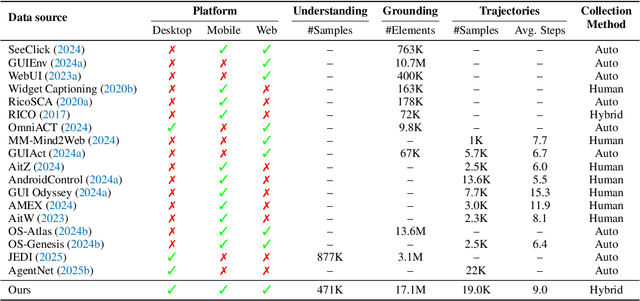
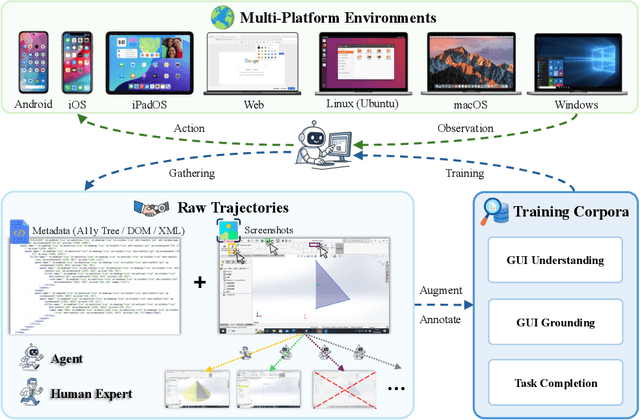
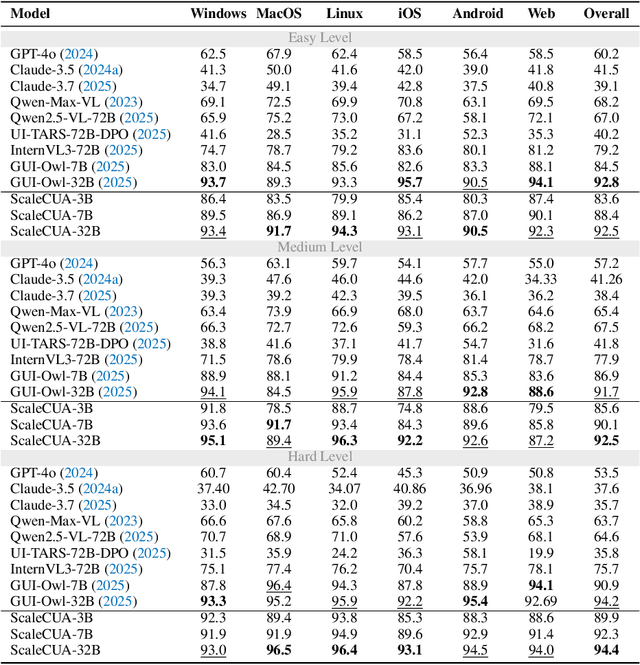
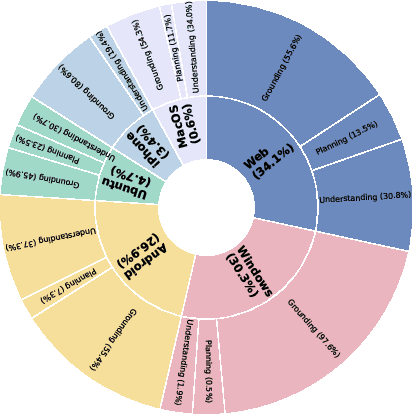
Abstract:Vision-Language Models (VLMs) have enabled computer use agents (CUAs) that operate GUIs autonomously, showing great potential, yet progress is limited by the lack of large-scale, open-source computer use data and foundation models. In this work, we introduce ScaleCUA, a step toward scaling open-source CUAs. It offers a large-scale dataset spanning 6 operating systems and 3 task domains, built via a closed-loop pipeline uniting automated agents with human experts. Trained on this scaled-up data, ScaleCUA can operate seamlessly across platforms. Specifically, it delivers strong gains over baselines (+26.6 on WebArena-Lite-v2, +10.7 on ScreenSpot-Pro) and sets new state-of-the-art results (94.4% on MMBench-GUI L1-Hard, 60.6% on OSWorld-G, 47.4% on WebArena-Lite-v2). These findings underscore the power of data-driven scaling for general-purpose computer use agents. We will release data, models, and code to advance future research: https://github.com/OpenGVLab/ScaleCUA.
Paper Summary Attack: Jailbreaking LLMs through LLM Safety Papers
Jul 17, 2025Abstract:The safety of large language models (LLMs) has garnered significant research attention. In this paper, we argue that previous empirical studies demonstrate LLMs exhibit a propensity to trust information from authoritative sources, such as academic papers, implying new possible vulnerabilities. To verify this possibility, a preliminary analysis is designed to illustrate our two findings. Based on this insight, a novel jailbreaking method, Paper Summary Attack (\llmname{PSA}), is proposed. It systematically synthesizes content from either attack-focused or defense-focused LLM safety paper to construct an adversarial prompt template, while strategically infilling harmful query as adversarial payloads within predefined subsections. Extensive experiments show significant vulnerabilities not only in base LLMs, but also in state-of-the-art reasoning model like Deepseek-R1. PSA achieves a 97\% attack success rate (ASR) on well-aligned models like Claude3.5-Sonnet and an even higher 98\% ASR on Deepseek-R1. More intriguingly, our work has further revealed diametrically opposed vulnerability bias across different base models, and even between different versions of the same model, when exposed to either attack-focused or defense-focused papers. This phenomenon potentially indicates future research clues for both adversarial methodologies and safety alignment.Code is available at https://github.com/233liang/Paper-Summary-Attack
CoMemo: LVLMs Need Image Context with Image Memory
Jun 06, 2025Abstract:Recent advancements in Large Vision-Language Models built upon Large Language Models have established aligning visual features with LLM representations as the dominant paradigm. However, inherited LLM architectural designs introduce suboptimal characteristics for multimodal processing. First, LVLMs exhibit a bimodal distribution in attention allocation, leading to the progressive neglect of middle visual content as context expands. Second, conventional positional encoding schemes fail to preserve vital 2D structural relationships when processing dynamic high-resolution images. To address these limitations, we propose CoMemo - a dual-path architecture that combines a Context image path with an image Memory path for visual processing, effectively alleviating visual information neglect. Additionally, we introduce RoPE-DHR, a novel positional encoding mechanism that employs thumbnail-based positional aggregation to maintain 2D spatial awareness while mitigating remote decay in extended sequences. Evaluations across seven benchmarks,including long-context comprehension, multi-image reasoning, and visual question answering, demonstrate CoMemo's superior performance compared to conventional LVLM architectures. Project page is available at https://lalbj.github.io/projects/CoMemo/.
ZeroGUI: Automating Online GUI Learning at Zero Human Cost
May 29, 2025Abstract:The rapid advancement of large Vision-Language Models (VLMs) has propelled the development of pure-vision-based GUI Agents, capable of perceiving and operating Graphical User Interfaces (GUI) to autonomously fulfill user instructions. However, existing approaches usually adopt an offline learning framework, which faces two core limitations: (1) heavy reliance on high-quality manual annotations for element grounding and action supervision, and (2) limited adaptability to dynamic and interactive environments. To address these limitations, we propose ZeroGUI, a scalable, online learning framework for automating GUI Agent training at Zero human cost. Specifically, ZeroGUI integrates (i) VLM-based automatic task generation to produce diverse training goals from the current environment state, (ii) VLM-based automatic reward estimation to assess task success without hand-crafted evaluation functions, and (iii) two-stage online reinforcement learning to continuously interact with and learn from GUI environments. Experiments on two advanced GUI Agents (UI-TARS and Aguvis) demonstrate that ZeroGUI significantly boosts performance across OSWorld and AndroidLab environments. The code is available at https://github.com/OpenGVLab/ZeroGUI.
To Use or Not to Use a Universal Force Field
Mar 11, 2025Abstract:Artificial intelligence (AI) is revolutionizing scientific research, particularly in computational materials science, by enabling more accurate and efficient simulations. Machine learning force fields (MLFFs) have emerged as powerful tools for molecular dynamics (MD) simulations, potentially offering quantum-mechanical accuracy with the efficiency of classical MD. This Perspective evaluates the viability of universal MLFFs for simulating complex materials systems from the standpoint of a potential practitioner. Using the temperature-driven ferroelectric-paraelectric phase transition of PbTiO$_3$ as a benchmark, we assess leading universal force fields, including CHGNet, MACE, M3GNet, and GPTFF, alongside specialized models like UniPero. While universal MLFFs trained on PBE-derived datasets perform well in predicting equilibrium properties, they largely fail to capture realistic finite-temperature phase transitions under constant-pressure MD, often exhibiting unphysical instabilities. These shortcomings stem from inherited biases in exchange-correlation functionals and limited generalization to anharmonic interactions governing dynamic behavior. However, fine-tuning universal models or employing system-specific MLFFs like UniPero successfully restores predictive accuracy. We advocates for hybrid approaches combining universal pretraining with targeted optimization, improved error quantification frameworks, and community-driven benchmarks to advance MLFFs as robust tools for computational materials discovery.
MePT: Multi-Representation Guided Prompt Tuning for Vision-Language Model
Aug 19, 2024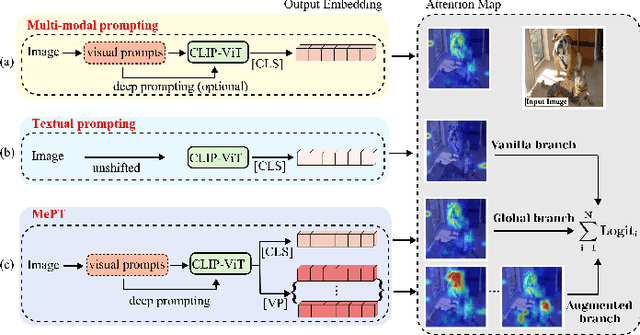
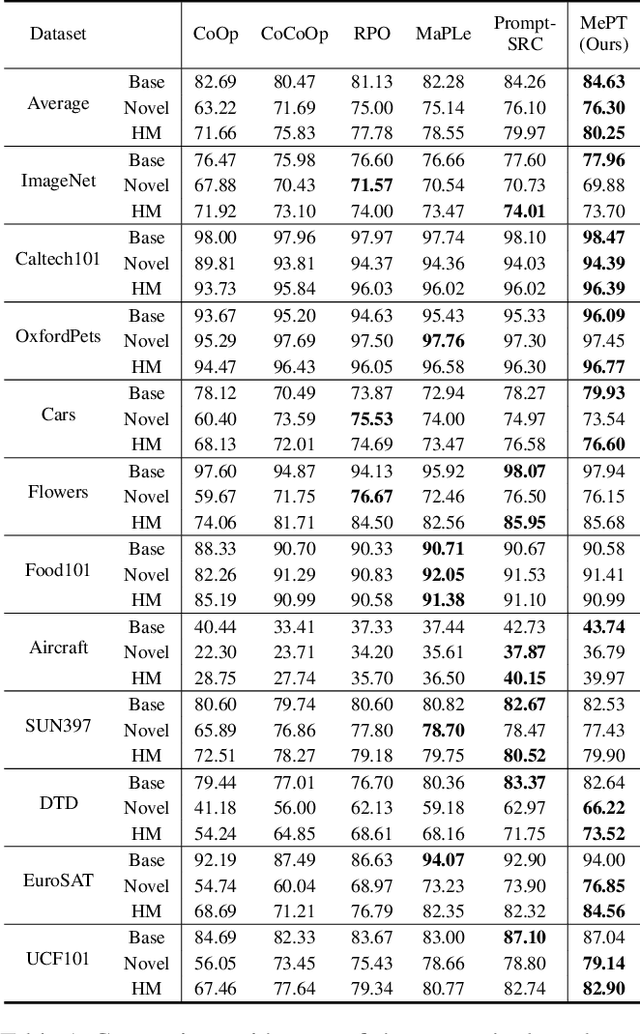
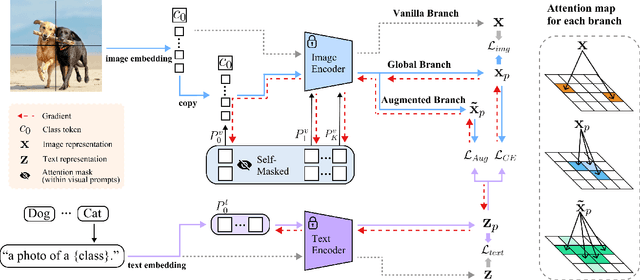

Abstract:Recent advancements in pre-trained Vision-Language Models (VLMs) have highlighted the significant potential of prompt tuning for adapting these models to a wide range of downstream tasks. However, existing prompt tuning methods typically map an image to a single representation, limiting the model's ability to capture the diverse ways an image can be described. To address this limitation, we investigate the impact of visual prompts on the model's generalization capability and introduce a novel method termed Multi-Representation Guided Prompt Tuning (MePT). Specifically, MePT employs a three-branch framework that focuses on diverse salient regions, uncovering the inherent knowledge within images which is crucial for robust generalization. Further, we employ efficient self-ensemble techniques to integrate these versatile image representations, allowing MePT to learn all conditional, marginal, and fine-grained distributions effectively. We validate the effectiveness of MePT through extensive experiments, demonstrating significant improvements on both base-to-novel class prediction and domain generalization tasks.
Paying More Attention to Image: A Training-Free Method for Alleviating Hallucination in LVLMs
Jul 31, 2024



Abstract:Existing Large Vision-Language Models (LVLMs) primarily align image features of vision encoder with Large Language Models (LLMs) to leverage their superior text generation capabilities. However, the scale disparity between vision encoder and language model may led to LLMs assuming a predominant role in multi-modal comprehension. This imbalance in LVLMs may result in the instances of hallucinatory. Concretely, LVLMs may generate consistent descriptions with or without visual input, indicating that certain outputs are influenced solely by context text. We refer to this phenomenon as "text inertia." To counteract this issue, we introduce a training-free algorithm to find an equilibrium point between image comprehension and language inference. Specifically, we adaptively involve adjusting and amplifying the attention weights assigned to image tokens, thereby granting greater prominence to visual elements. Meanwhile, we subtract the logits of multi-modal inputs from ones of pure text input, which can help LVLMs be not biased towards LLMs. By enhancing images tokens and reducing the stubborn output of LLM, we can let LVLM pay more attention to images, towards alleviating text inertia and reducing the hallucination in LVLMs. Our extensive experiments shows that this method substantially reduces the frequency of hallucinatory outputs in various LVLMs in terms of different metrics. Project page is available at https://lalbj.github.io/projects/PAI/.
XNLI: Explaining and Diagnosing NLI-based Visual Data Analysis
Jan 25, 2023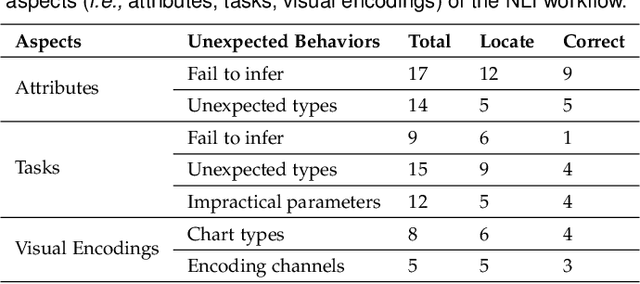

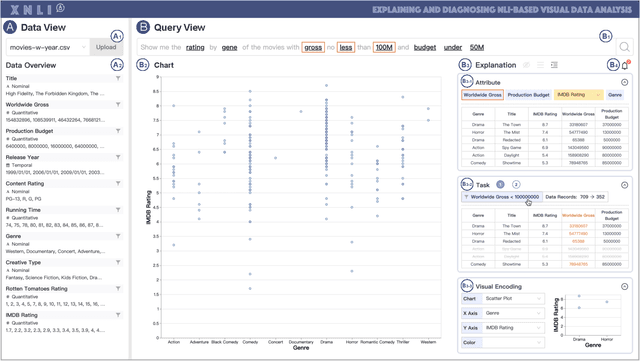

Abstract:Natural language interfaces (NLIs) enable users to flexibly specify analytical intentions in data visualization. However, diagnosing the visualization results without understanding the underlying generation process is challenging. Our research explores how to provide explanations for NLIs to help users locate the problems and further revise the queries. We present XNLI, an explainable NLI system for visual data analysis. The system introduces a Provenance Generator to reveal the detailed process of visual transformations, a suite of interactive widgets to support error adjustments, and a Hint Generator to provide query revision hints based on the analysis of user queries and interactions. Two usage scenarios of XNLI and a user study verify the effectiveness and usability of the system. Results suggest that XNLI can significantly enhance task accuracy without interrupting the NLI-based analysis process.
 Add to Chrome
Add to Chrome Add to Firefox
Add to Firefox Add to Edge
Add to Edge